Wild Soundscapes
REVISED EDITION
WILD SOUNDSCAPES
DISCOVERING THE VOICE OF THE NATURAL WORLD

BERNIE KRAUSE

Published with assistance from the foundation established in memory of Calvin Chapin of the Class of 1788, Yale College.
Revised edition published by Yale University Press in 2016. First edition published by Wilderness Press in 2002. Copyright 2002, 2016 by Bernie Krause. All rights reserved. This book may not be reproduced, in whole or in part, including illustrations, in any form (beyond that copying permitted by Sections 107 and 108 of the U.S. Copyright Law and except by reviewers for the public press), without written permission from the publishers.
Yale University Press books may be purchased in quantity for educational, business, or promotional use. For information, please e-mail (U.K. office).
Set in Adobe Garamond and Gotham type by Westchester Publishing Services, Danbury, Connecticut.
Printed in the United States of America.
ISBN 978-0-300-21819-0
Library of Congress Control Number: 2015956508
A catalogue record for this book is available from the British Library.
This paper meets the requirements of ANSI/NISO Z39.48-1992
(Permanence of Paper).
10 9 8 7 6 5 4 3 2 1
For Kat, always
Contents
by Roger Payne
Sound examples indicated by  are available at yalebooks.com/wildsoundscapes
are available at yalebooks.com/wildsoundscapes
Foreword
I have always preferred radio to television, agreeing with the old saw that in radio the images are better. Back in the 1970s I encountered a wonderful example of that. One summers night I found myself out late in Algonquin Park in Canada. We were howling at wolvestrying to record them. Although we got a single very faint answer from a distant wolf, it was not what we wanted; the rest of the recordings from that evening were just the local ambient natural sounds, including the trickle of a nearby brook, some crickets, and a distant wood thrush that was up later than usual, singing its final evening vespers.
During a hard snowstorm in the following winter, I was searching through some tapes for whale songs when I happened upon a tape that was marked with a note saying it had nothing on it and was reusable. I couldnt imagine what it was, so I put it on. There was the distant wood thrush in his acoustic surrounding: its recorded song instantly transported me back to the summer evening in Canada. The sounds created a flood of feeling, lifting me out of my winter surroundings and setting me down in the midst of hot summer. I can even remember feeling warm, for a moment. This was accomplished more strongly than I would have imagined possible, even though the outside world was frozen clean through its heart. It was a powerful lesson, demonstrating to me that sounds are more evocative than any other sense, even more than the sense of smell, where subtle whiffs of familiar odorssuch as the smell of grandmothers houseare able to bring back vivid memories from past decades.
Bernie Krause apparently feels the same way. He notes in this interesting and useful book: When [recorded sounds are] at their best, nothing in the human-created visual world, by itself, even comes close to their impact. He tells the story of when he recorded a jaguar that had followed him through the Amazon jungle one night; after he set up his recording gear and moved a few feet off, the jaguar came silently up to his microphone, sniffed it and then made a low growl. As Krause points out, a photograph of such an event might cause you to smile nervously, but listening to the recording of the jaguar sniffing and growling makes the hair on the back of your neck stand up. Krause includes this recording in the audio web site for this book, and you are unlikely ever to forget itit is utterly chilling. When you listen to it, ask yourself if any moving image has ever evoked such an intense response in you.
Because of the evocative nature of sound, Krause regrets that so few people have either the equipment or the knowledge to record the sounds that would, when listened to later, transport them back to places and situations they have loved, and do it better than pictures ever can. One of the most useful parts of the book describes how to get equipped at a reasonable cost. For this he recommends connecting with a proactive online community of recordists from around the world to help with these decisions at any level of experience. He also describes some of the tricks of the recording trade.
The most important point made in Wild Soundscapes is that it is not the single, dissected-out, cleanly recorded voices of nature that transport you back most vividly to the places where, and the times when, you recorded them. The best beaming up occurs only when such voices are embedded in their own acoustic surroundingswhat Krause refers to as their biophonies and geophonies (biophonies being the voices of living things, and geophonies being the non-creature sounds of the earth, such as thunder, rain, and wind).
Biologists such as Krause and I focus on recording natural soundscapes to secure the experiences we wish to relive later, but he emphasizes that all soundscapes, whether natural, urban, or rural, possess extraordinary evocative powers. His thesis fights a hard battle; like the photographs in ones family album, no outsider is ever as moved as the person who took them, just as some may not be as moved by a recording as the person who was at a site and recorded its marvelous sounds. Yet I urge you to take Krause at his word: go out and buy the equipment for making your own recordings, and record ambient sounds whenever you are in places you wish to remember. And do this until you are as reflexive about making such recordings as all of us are about taking pictures whenever we find ourselves in places we wish to remember. Krause is right: ambient sounds will get you back to such a place more vividly than any photograph ever can and they will do so more effectively than you can imagine.
Krause also explores how non-industrial cultures have always depended on the integrity of undisturbed natural sound for determining a sense of place. He cites the Babenzl (BaAka) Pygmies who live in the Central African Republic, as an example. When separated from the forest, these people become physically and mentally stressed and overwhelmed. Krause claims that natural sound-scapes are a physical and spiritual elixir. In contrast, he discusses our noisy modern world as exemplified in the crowds who are drawn to drag races by the power of noise. He notes, The louder the sounds we can produce, the more virile we are supposed to feel, absent anything else of consequence that provides us with a sense of self- or spiritual-worth.
Krause, like me, prefers it quiet. As he says, Listening to creature sounds, water trickling in a stream, wind in the trees, and waves at the seashore immediately puts me at ease. Yet this miraculous biophonythis concerto of the natural worldis now under serious threat of complete annihilation. He makes a strong plea for the critical importance of conserving the acoustic integrity of such places. I predict that this book will become an important voice in support of preserving natural soundscapes.
There are chapters encouraging novice sound recordists to discover unusual things to record, such as singing sand dunes or barnacles moving inside their shells. For those who get caught by the recording bug, he suggests grand projects, such as following the route of Lewis and Clarks journey from St. Louis to the Pacific, recording all the way. Or perhaps a recording trip that acoustically follows the seventeen-hundred-mile journey of Chief Joseph of the Nez Perc tribe, beginning in northeastern Oregon, over the Lolo Pass in Idaho, south through the Bitterroot Valley, across Yellowstone and ending at the Bear Paw battlefield in Montana near the Canadian border. It is difficult to imagine a better way to satisfy a twin interest in history and the outdoors. This is a new way to think about planning a vacation.
Next page

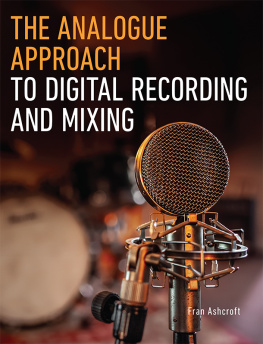
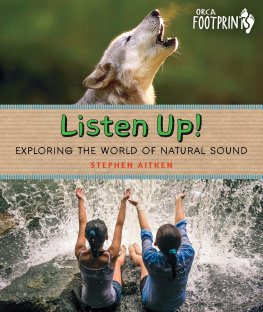
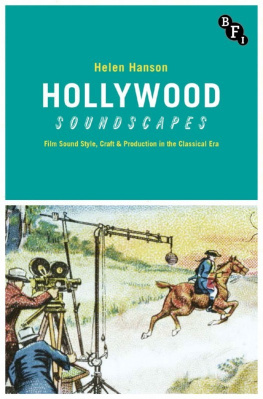
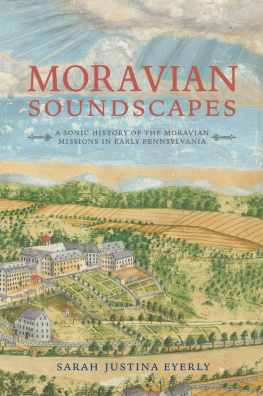
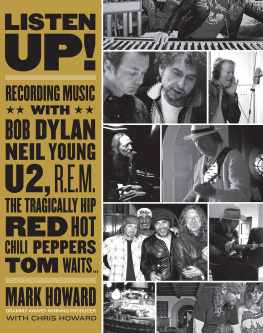
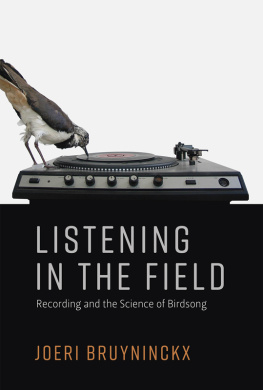




 are available at yalebooks.com/wildsoundscapes
are available at yalebooks.com/wildsoundscapes